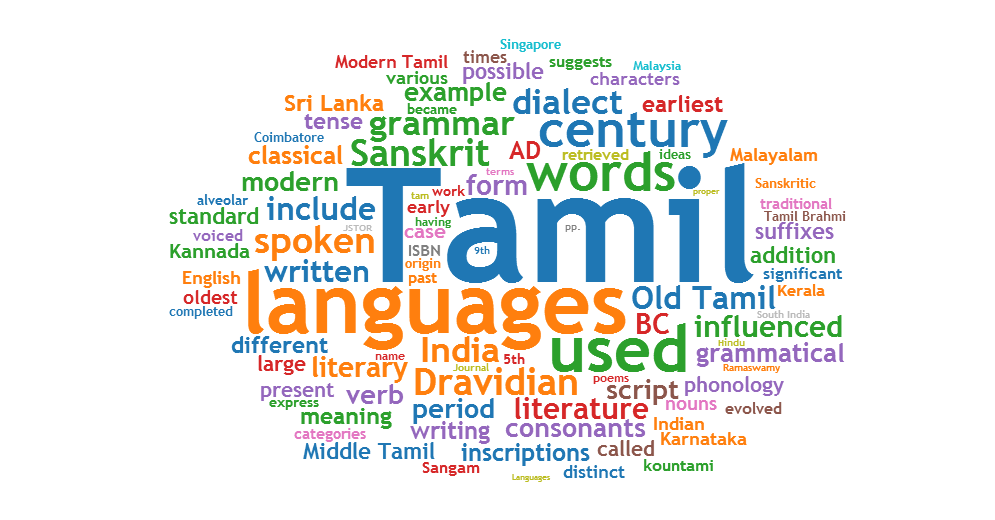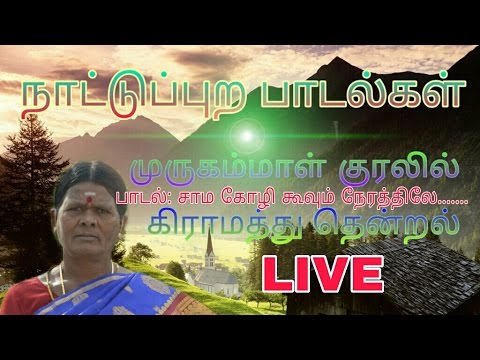

the early Tamil talkies drew its actors from the stage. Puranas as in the case of popular stage productions Equally significant, as during the silent era. Also, most of their themes were from Hindu mythologies and. A number of them produced during the 1930s had similar numbec of songs. The first Tamil talkie Kalidas (1931) was not exceptional in having 50 songs. In keeping with the tradition of company drama, these talkies carried a large number of songs and placed less emphasis on dialogue. So the stage actors, who were not classical musicians but singers familiar with classical music, found themselves in the tinsel world". The practice was to hire a whole drama company and shoot the film in one stretch.

The early Tamil talkies were basically film versions of plays by drama companies, already proven to be successful on the stage. For instance, at the annual conference of the Academy in 1941, it responded to the demand that there should be more Tamil songs instead of Telugu and Sanskrit songs in Carnatic music concerts by resolving that "it should be the aim of all musicians and lovers of music to preserve and maintain the highest standards of classical Carnatic music and that no consideration of language should be imported so as to lower or i mpair that standard". The Academy not only conducted annual music and dance festivals with much fanfare, but also functioned as a watchdog institution monitoring the so-called purity and standards of classical music and dance. Interestingly, the Music Academy was conceived during and funded by the 42nd session of the Indian National Congress held in Madras in 1927. We may note here that the first Tamil talkie Kalidas appeared only in 1931. Finally, the act of putting together a film required mobilisation of different kinds of skills - some of which were almost exclusively available only to the elites (direction/camera/editing), while other sorts of skills, which were equally critical, were, for historical reasons, available among the lower classes (acting).īoth Bharatanqjyam and Carnatic music affirmed themselves decisively as markers of high culture with their institutionalisation by the Madras elite in the form of Madras Music Academy in 1928. Then such profit-seeking critically depended on tile subaltern consumers of cinema who were kept in contempt by the elite because of their allegedly low cultural tastes. Thirdly, as cinema evolved into an industry and trade, i e, as an avenue for investment and profit, the elites were drawn to it.


Secondly, cinema as a medium was informed by what one may term as Intertextual excess' whereby it could borrow both from high and low cultural universes at the same time and recombine them in unexpected ways. First of all the pleasure of spectating did not fail to draw sections of the elite towards cinema as audience, though most of cinema's patrons came from the lower classes. Cinema's ability to upset pre-existing cultural boundaries and to reallocate previously ghettoised cultural practices followed from the unprecedented ways in which it brought together the elites and the masses.


 0 kommentar(er)
0 kommentar(er)
